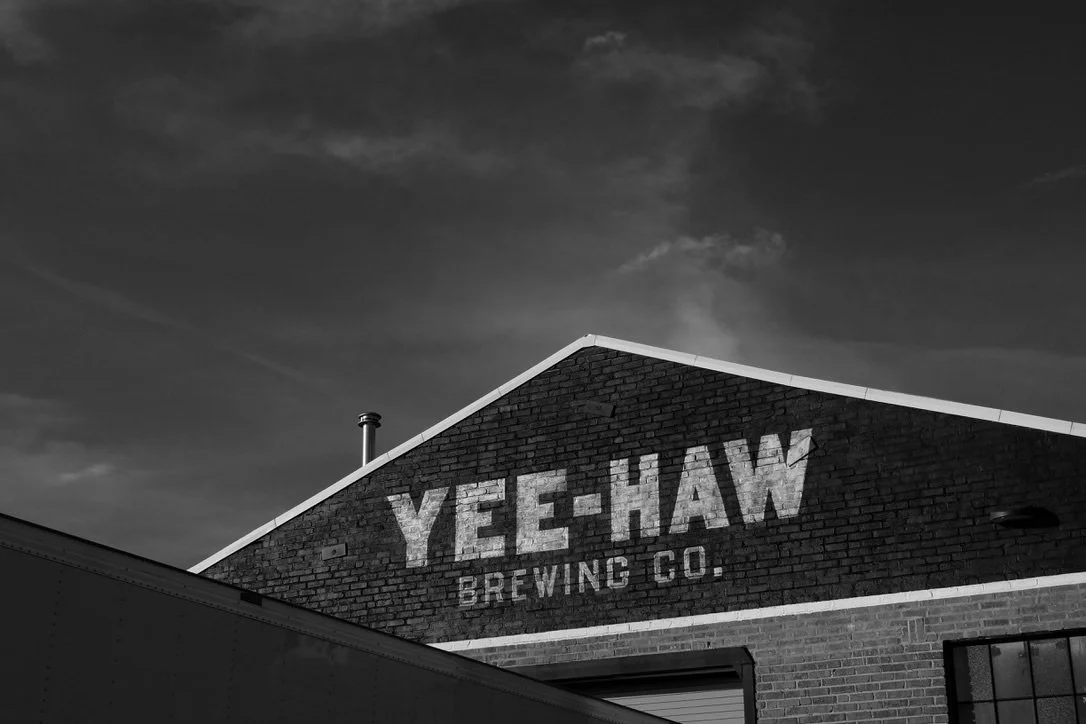Revitalization
Yee-Haw Brewing Co. in the Old Depot
Downtown Johnson City has changed in ways that are easier to feel than to measure. Most mornings I notice it in quiet details. A parent walking a child across King Commons. The soft clatter of someone unlocking a storefront. The way sunlight settles on brick that has stood for a century. These small observations reflect the deeper shifts that have unfolded over the last fifteen years.
In the early part of the 2010s, Downtown still held more memory than momentum. Several storefronts sat empty, and the sidewalks often felt wider than they needed to be. Yet these years planted the first seeds of the district’s renewal. Founders Park reached completion in 2014 as part of a major storm-water project. When I tell folks about a kayak floating down Roan Street by what is now known as the Generalist, most people thinking I am telling a big tale. But the significant damage regular flooding caused downtown and local businesses was a constant story. What began as an infrastructure solution became a signature green space. The walking paths, pavilion, and open lawns offered the city a new way to enter and move through the heart of downtown. At the same time, interest grew in the old train stations that long defined Johnson City’s identity. The slow work of stabilizing and preparing those structures, including the old Firestone Auto Shop that would later house Yee-Haw Brewing, suggested that heritage could become a point of reinvention. Even before businesses arrived, the buildings began rewriting what felt possible.
By the middle of the decade, the pace shifted. The reuse of historic structures brought people back into the district. When the old depot reopened as a gathering place, it confirmed that downtown could once again draw a crowd. Adaptive reuse turned memory into activity. King Commons followed in 2018 with its amphitheater, playground, and wide greens. Children searched for the bronze animals tucked throughout the downtown. Neighbors gathered for concerts or walked the loop after work. The space knit together parts of the district that once felt separate. As public investment grew, private investment followed. Businesses opened in storefronts that had been dark for years. Offices moved into upper floors. Cafés, shops, and small service businesses added texture to the daily rhythm. Downtown began to feel less like an idea and more like a neighborhood again.
The early 2020s brought their own set of pressures. The pandemic tested the resilience of local businesses and the value of public space. Yet, in that uncertainty, downtown’s character became clearer. People leaned into walkable spaces, open air, and places where they could still see one another even at a distance. Improvements on surrounding corridors, especially West Walnut Street, expanded the sense of what downtown could include. Sidewalks, bike lanes, utilities, and landscaping deepened the connections between the district, ETSU, and nearby neighborhoods. Visitor numbers grew, but what stands out to me are the everyday moments: lines forming at cafés, the shift from a yoga class to the sound of an event below, a couple stopping to study a storefront as if it has a story they want to hear.
Across these fifteen years, revitalization has not been a single event. It has been a steady layering of choices and care. A building restored. A park opened. A grant awarded. A business taking root. These steps accumulate. They turn a place outward again. They draw people back.
Downtown Johnson City is not finished. It is still becoming. The ongoing work asks steady questions. How do we grow while keeping the district human in scale. How do we support new businesses without losing the character shaped by those who built here before. How do we continue strengthening the connections between public space, neighborhood life, and daily work.
When I sit in the bookstore and watch people move along Main Street, I see a downtown that is mid-story. That is part of its promise. The next chapter is already forming in the simple act of people choosing to be here, choosing to invest, choosing to linger.
